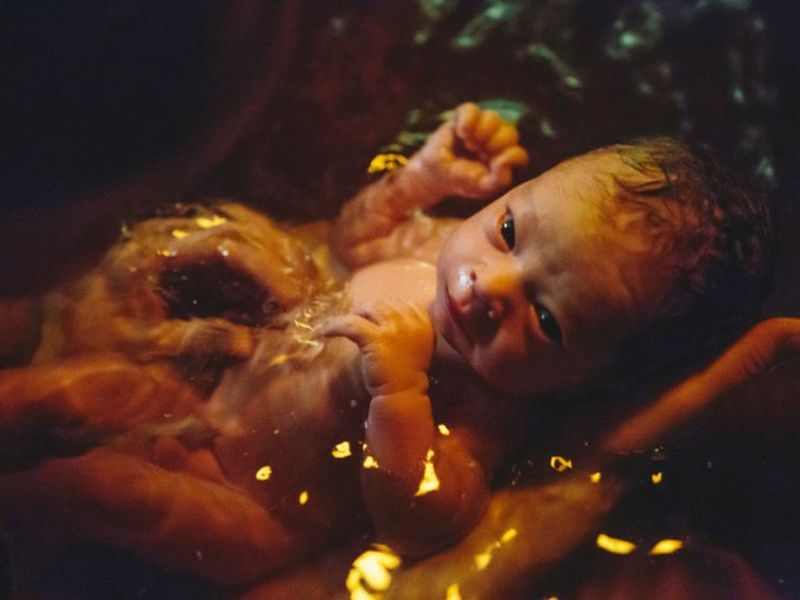Vaginal seeding has no known benefits and may expose neonates to vaginal pathogens; umbilical nonseverance has no clear benefit
MONDAY, Jan. 24, 2022 (HealthDay News) — The risks associated with emerging alternative peripartum and neonatal practices are discussed in a report published online Jan. 24 in Pediatrics.
Dawn Nolt, M.D., M.P.H., from the Oregon Health and Science University in Portland, and colleagues describe the risk for infectious diseases associated with emerging alternative peripartum and neonatal practices to help pediatricians counsel families before birth and assess and treat exposed neonates.
The researchers note that water immersion for labor and birth improves comfort in the first stage, but not in the second stage of labor or during delivery. Potential neonatal infections associated with water immersion include Legionella and Pseudomonas species, which are rare, but serious. Vaginal seeding has no known benefits and may expose infants to vaginal pathogens such as group B Streptococcus (GBS) or herpes simplex virus (HSV). To date, umbilical nonseverance has no clear benefit and may increase the risk for neonatal sepsis due to the presence of necrotic umbilical or placental tissue. Placentophagy offers no benefit to the caregiver and should be avoided; one case report linked the practice to recurrent GBS sepsis in a neonate. Nonmedical deferral of hepatitis B birth dose should be discouraged since the birth dose serves as a critical safety net for prevention of infection. Delayed bathing should be discouraged in neonates exposed to active HSV genital lesions or with known history of HIV infection in the birth parent.
“The purpose of this report is to educate pediatric providers about emerging alternative peripartum and neonatal practices, provide information which providers may use for counseling of expectant parents, and highlight the necessity of risk assessment for infections,” the authors write.
Copyright © 2021 HealthDay. All rights reserved.








